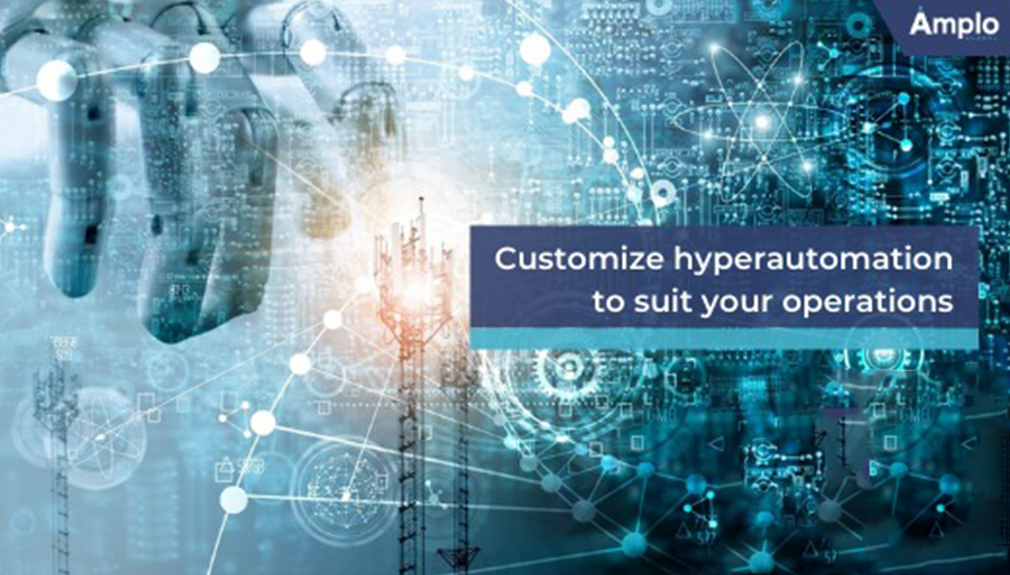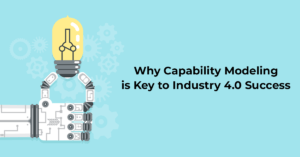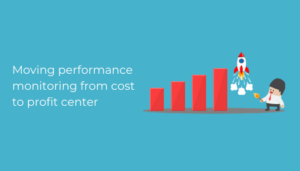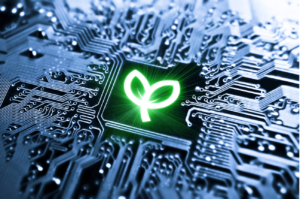Power of Hyperautomation, Superb Efficiency by 150%.
Customize hyperautomation: tailoring the integration of advanced technologies like AI, RPA, and machine learning to automate and optimize business processes for specific organizational needs, increasing efficiency and productivity.
“Business-driven Hyperautomation refers to an approach in which organizations rapidly identify, vet, and automate as many approved business and IT processes as possible through a disciplined approach.
Hyperautomation involves the orchestrated use of multiple technologies, tools or platforms.” (Gartner, Dec 2019)
Process automation refers to the utilization of digital technologies to carry out tasks within a process workflow to eliminate or minimize human intervention.
Although there may still be some tasks that require human intervention at stretegic points in the process, a large portion of the workflow is automated.
Industry 4.0, considered the fourth industrial revolution, is a collective term given to upcoming data technologies, sometimes referred to as smart technologies.
This includes Big Data analysis, Internet of Things (IoT), Machine Learning (ML), Artificial Intelligence (AI), Virtual reality (VR), and blockchain to name a few.
Hyperautomation is the result of combining process automation with Industry 4.0 technologies. Hyperautomation augments various components of process automation with advanced technologies like robotics, machine learning, and artificial intelligence to automate processes in ways that are more effective and far exceed the capabilities of traditional process automation.
The core idea of hyperautomation is to automate as much knowledge work (data gathering, data entry etc.) as possible, so that more and more people in an organization can participate in strategic thinking and business transformation.
However, much like any other tool, hyperautomation can be only as effective as its application. Fortunately, there are several ways in which hyperautomation can be customized to the operational needs of a wide variety of organizations.
There are several levels of hyperautomation that cater to processes of different levels of maturity, complexity, and technological advancement.
Hyperautomation can be viewed as a toolkit comprised of technologies like RPA (Robotic Process Automation), IA (Intelligent Automation), iPaaS (Integration Platform as a Service), iBPMS (Intelligent Business Process Management), and decision management systems.
Regardless of the operation, hyperautomation, in one form or another, can help automate, improve, and increase the efficiency of the processes involved.
Processes where change is frequent, the system environment is volatile, and multiple manual actions are required, AI and separate, decentralized decision management systems can be deployed.
Semi Automation, utilizing some RPA in combination with ML and AI, is suited for partially automating processes that can be broken down into steps that can be clearly automated, and steps that need to stay manual.
Hitech RPA can be applied to processes that can be automated using advanced technologies such as OCR (Optical Character Recognition), AI (Artificial Intelligence), ML (Machine Learning) or require other advance programming skills.
Zero-Touch automation, the final frontier, can be executed when processes are digital and involve a highly static system and process environment, so that they can be easily broken into instructions and simple triggers that can be defined.
Hyperautomation is transforming industry as we know it and it still has a long way to go. Automation is the inevitable future of all industrial operations and it can be daunting because it threatens to replace manual labor and take away jobs.
However, most experperts believe that automation will create more jobs than it eliminates. Automation will allow advanced machines to take care of mechanical processes so that humans can devote time to more human endevours.









































































